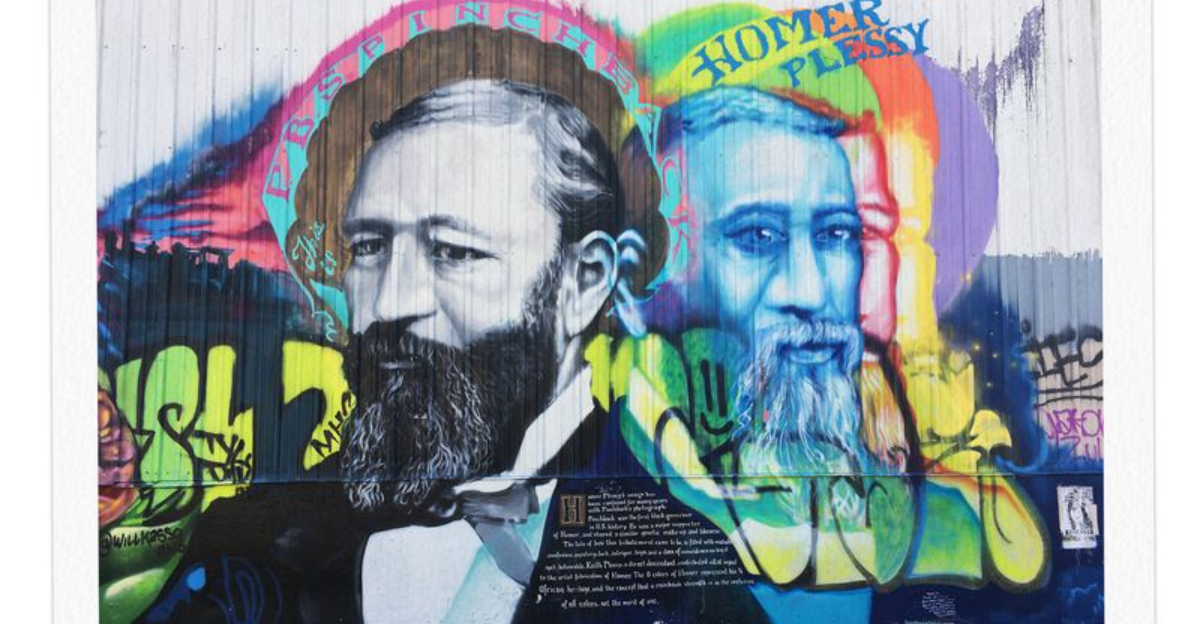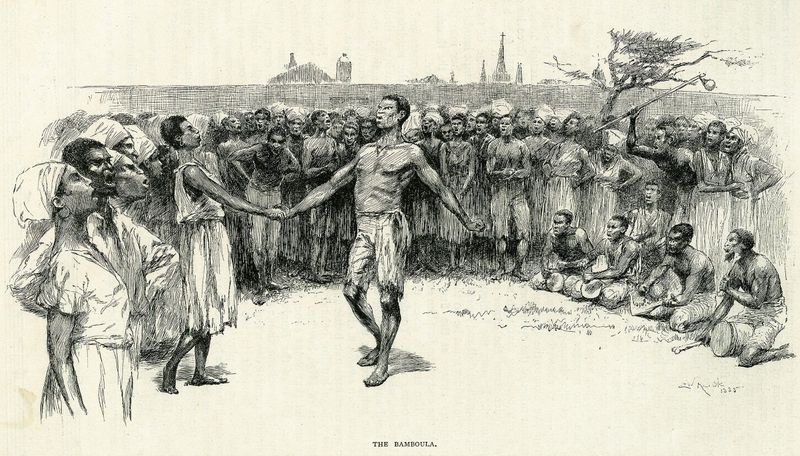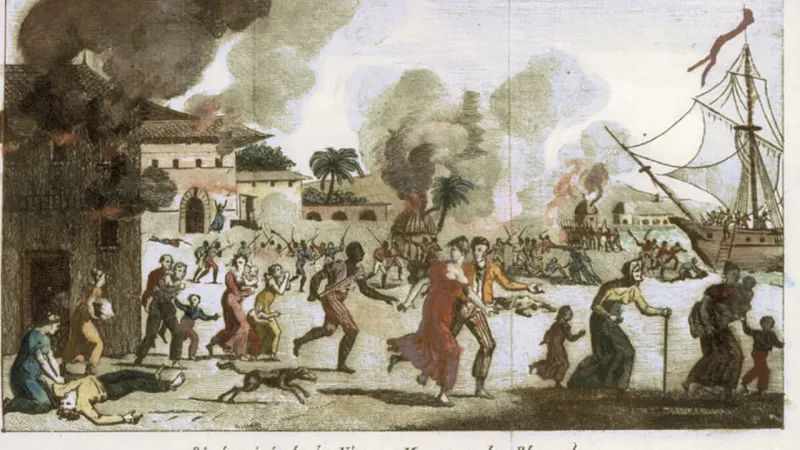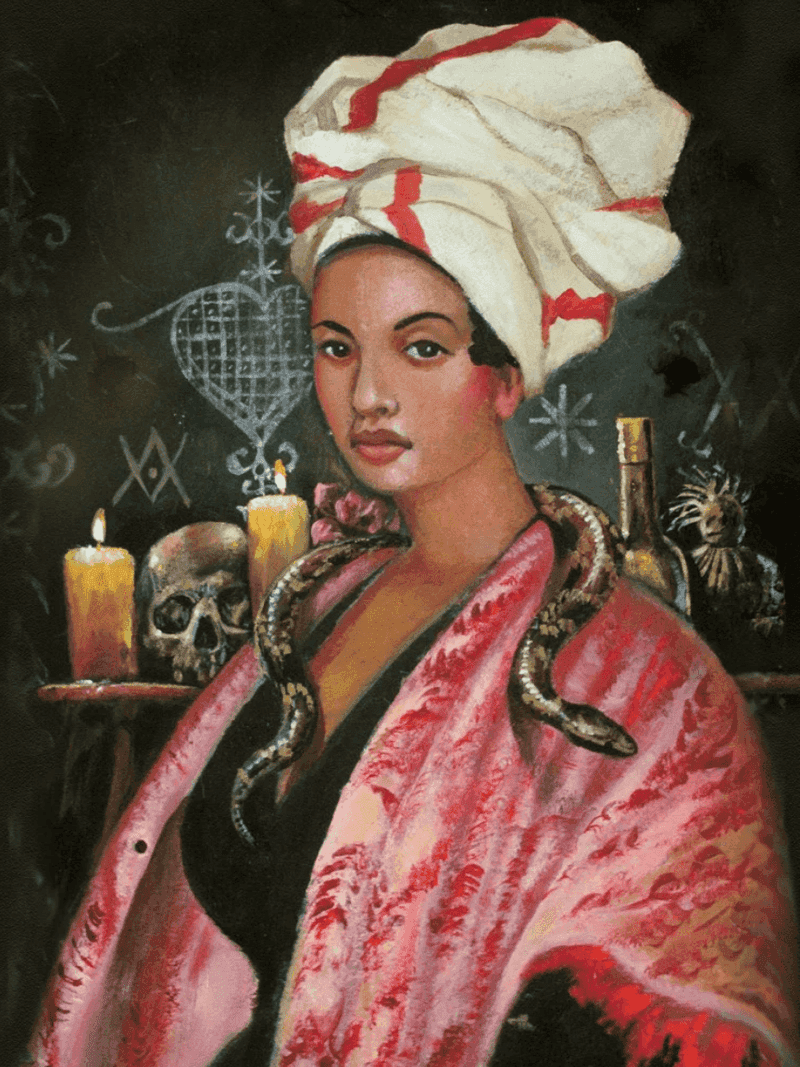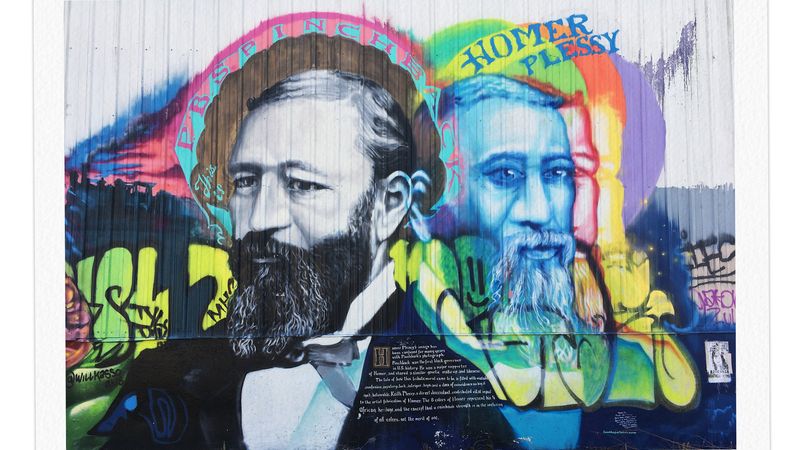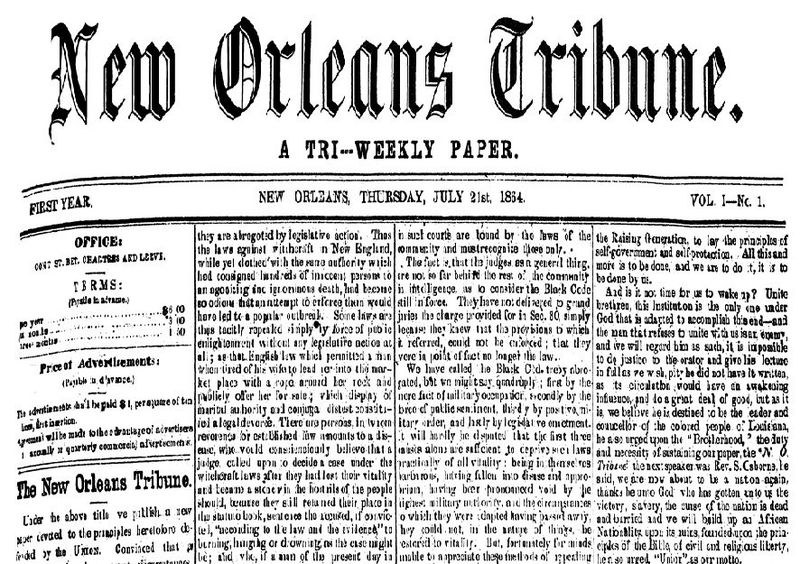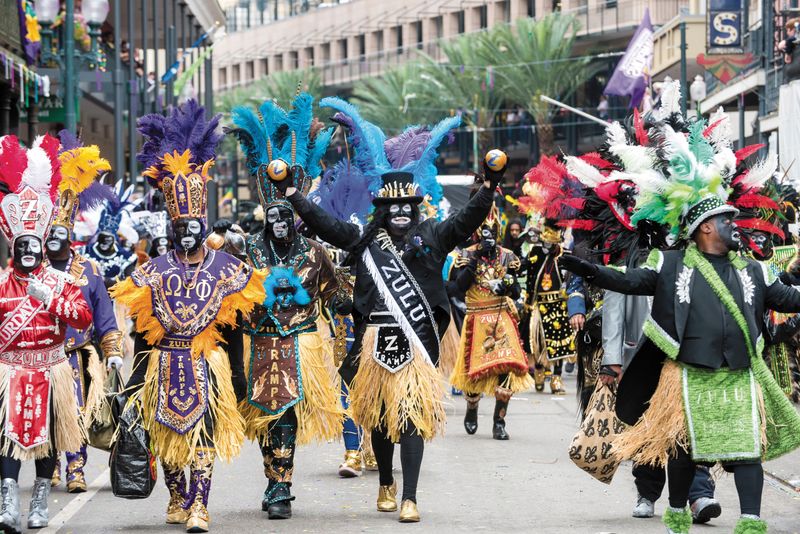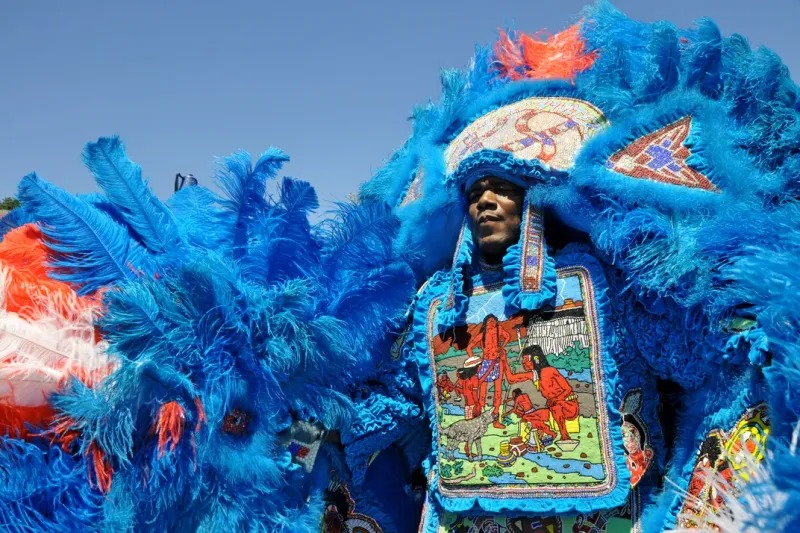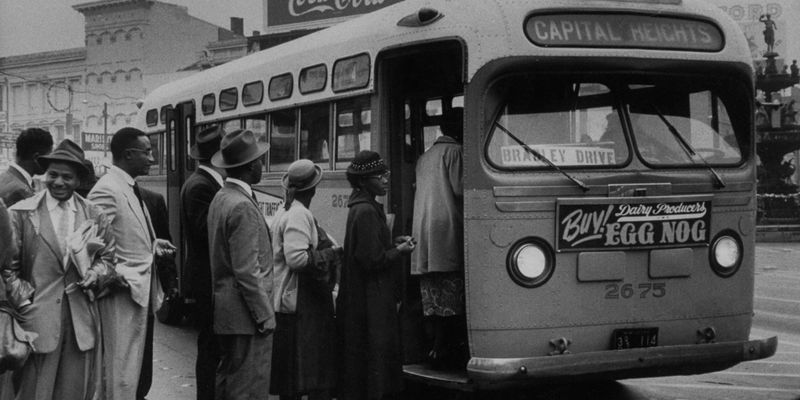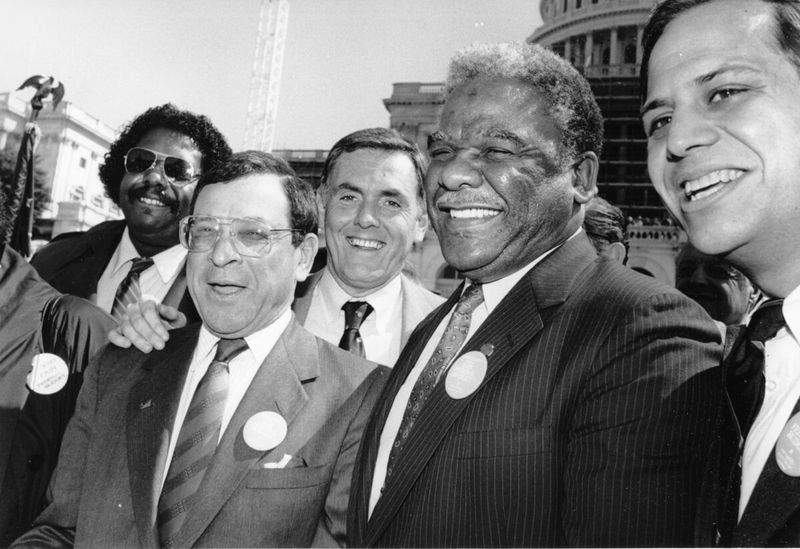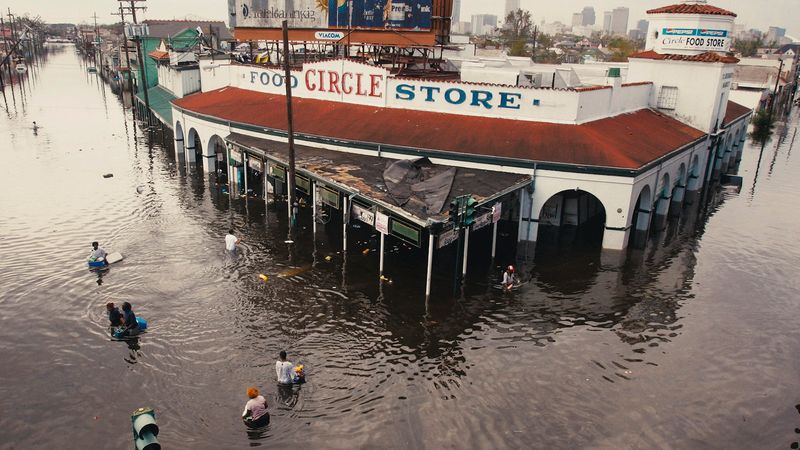New Orleans, with its vibrant culture and rich history, has been significantly shaped by its Black community. From the rhythmic beats of Congo Square to the resilience shown during Hurricane Katrina, these hidden stories reveal how Black New Orleanians have impacted the broader American tapestry. Each tale carries its own unique narrative that has contributed to the cultural and social fabric of not just the city, but the nation as a whole.
1. Congo Square: The Birthplace of American Music
Congo Square was the only place in America where enslaved Africans gathered to keep their traditions alive. The rhythmic drums and lively dances were more than a reprieve—they were a revolution. These gatherings preserved African cultural roots and laid the groundwork for jazz, blues, and rock ‘n’ roll. Here, the seeds of American music took root in the fertile soil of resilience and hope, forever changing the landscape of global music. Congo Square was not just a place but a birthplace of a cultural renaissance.
2. The Haitian Revolution’s Impact on New Orleans
In the wake of the Haitian Revolution, New Orleans became a sanctuary for thousands of refugees. They doubled the city’s population almost overnight. These newcomers brought with them a vibrant blend of Creole culture, Vodou spirituality, and revolutionary fervor. Their influence permeated the city, fueling resistance among the enslaved and enriching the cultural tapestry. The echoes of their arrival continue to resonate. New Orleans owes much of its cultural vibrancy to these early influencers who fled one revolution only to inspire another.
3. Marie Laveau: The Voodoo Queen Who Ruled New Orleans
Marie Laveau was more than a practitioner of Voodoo; she was a legend. As a free Black woman in 19th-century New Orleans, her influence extended beyond spiritual realms. Her role as a healer and community leader made her a revered figure. Laveau’s practice blended African, Catholic, and Indigenous traditions, creating a unique Voodoo culture that remains vibrant today. Her legacy persists in the Crescent City, where she is remembered not just as a queen of Voodoo but as an enduring symbol of cultural fusion and resilience.
4. The Story of Homer Plessy & the Birth of “Separate But Equal”
Homer Plessy’s act of defiance was a catalyst for change. In 1892, he sat in a whites-only train car to challenge segregation laws. His arrest led to the infamous Plessy v. Ferguson Supreme Court case. This case legalized ‘separate but equal’ segregation, shaping racial dynamics for decades. Plessy’s courage highlighted the systemic injustices faced by Black Americans. His legacy is a reminder of the long struggle for civil rights and the power of individual acts of resistance in the face of oppressive laws.
5. The First Black Daily Newspaper in the U.S.
The New Orleans Tribune holds a pivotal place in history as America’s first Black daily newspaper. Founded in 1864 by free people of color, it quickly became a voice for the disenfranchised. The Tribune advocated for civil rights, education, and voting rights during the turbulent Reconstruction era. Its bold stances and fearless journalism offered a platform for dialogue and change. The paper’s legacy endures as a testament to the power of the press in shaping social justice movements and empowering voices.
6. The Zulu Social Aid & Pleasure Club: Challenging Racist Stereotypes
In 1909, the Zulu Social Aid & Pleasure Club turned Mardi Gras on its head. As a rebuttal to racist minstrel shows, Black men paraded as Zulu warriors, reclaiming African heritage and mocking white supremacy. The event quickly became a cherished Mardi Gras tradition. Today, the Zulu parade is a vibrant celebration of culture and resilience, challenging stereotypes and honoring Black history. This tradition continues to be a source of pride and community, symbolizing defiance and joy in the face of adversity.
7. The Role of Black Masking Indians
The Mardi Gras Indians are more than a spectacle; they are a historical alliance between Black and Native American communities. These carnival krewes craft elaborate, colorful suits that honor their shared history of resistance. Their chants and music have echoed through New Orleans for over a century, influencing the city’s culture. This tradition symbolizes solidarity and creativity, serving as a living monument to the enduring bonds between these communities. Their vibrant displays are a testament to the city’s rich cultural mosaic.
8. The 1953 Baton Rouge Bus Boycott: A Blueprint for the Civil Rights Movement
Before Montgomery, there was Baton Rouge. In 1953, Black citizens led by Rev. T.J. Jemison organized a bus boycott that set the stage for future civil rights actions. Their strategy of carpooling and community solidarity inspired other movements, including the famous Montgomery Bus Boycott. This early success provided a blueprint, proving the power of peaceful protest and strategic planning. The Baton Rouge Bus Boycott was not just a local victory but a pivotal moment that fueled the nationwide struggle for equality.
9. The First Black Mayor of a Major Southern City: Ernest “Dutch” Morial
Ernest “Dutch” Morial broke barriers when he became New Orleans’ first Black mayor in 1978. His election marked a significant shift in Southern politics, challenging racial norms and paving the way for future Black leaders. Morial’s leadership was characterized by a commitment to civil rights and urban development. His tenure not only transformed the city but also inspired a generation of politicians who followed in his footsteps. Morial’s legacy is a testament to the power of persistence and the importance of representation in leadership.
10. Hurricane Katrina & the Fight for Black New Orleans’ Survival
The devastation of Hurricane Katrina in 2005 brought to light the systemic inequalities faced by Black New Orleanians. Their neighborhoods were disproportionately affected, yet their spirit remained unbroken. The community’s fight against gentrification and government neglect has become a symbol of resilience. This struggle continues to influence national conversations on race, disaster response, and social justice. The story of Black New Orleans in the wake of Katrina is one of survival and activism, highlighting the ongoing quest for equity and justice.
